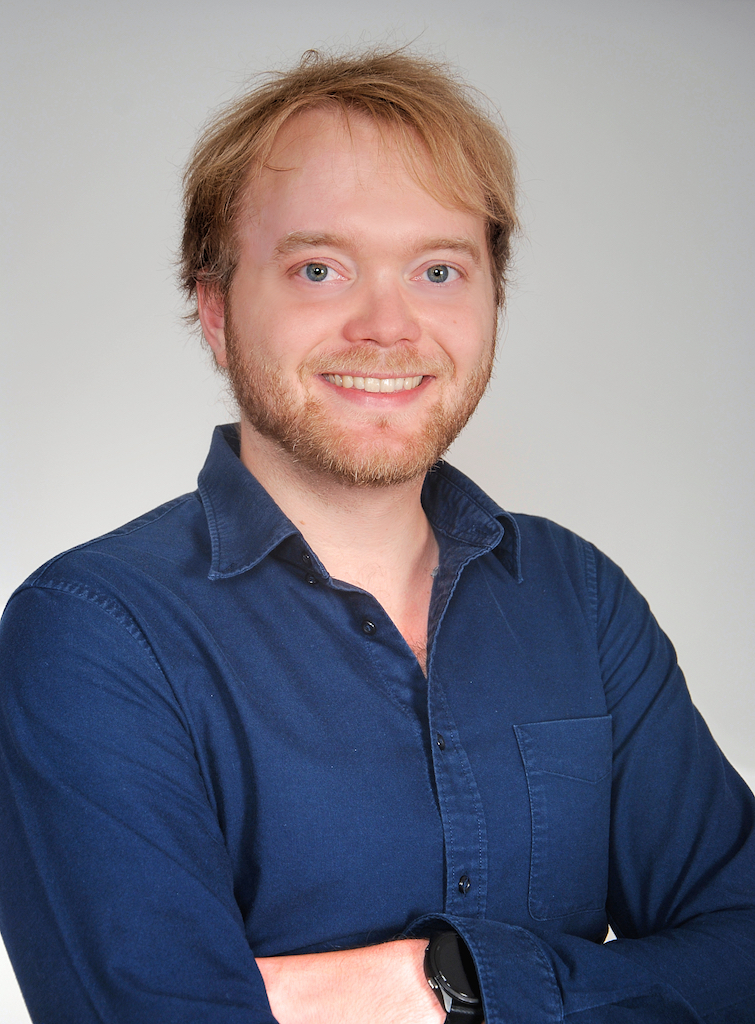Theodor Misiakiewicz
 |
Assistant Professor, |
About me
I am an Assistant Professor in the Department of Statistics and Data Science at Yale University. My research interests lie broadly at the intersection of statistics, machine learning, probability theory, and computer science. My goal is to develop theoretical foundations for modern machine learning paradigms, with a particular focus on deep learning.
Previously, I was a Research Assistant Professor at Toyota Technological Institute at Chicago for a year. I received my PhD in Statistics from Stanford University where I was advised by Prof. Andrea Montanari. Prior to my PhD, I was a student at Ecole Normale Superieure de Paris where I obtained a B.Sc. in Mathematics and a M.Sc. in Theoretical Physics.
Here is a link to my google scholar account.
Prospective students
I am looking for highly-motivated Ph.D. students to join my group. If you are interested in working with me, please email me a short description of your research interests and a CV! Note that if you are not at Yale, you should first apply to our PhD program and mention my name.
I will be recruiting postdoctoral scholars starting Summer 2025! Please email me a short description of your research, a CV, and a list of your publications.
I am also happy to host undergraduate/graduate visitors.
Lecture notes
Some lecture notes on the theory of neural networks:
A Short Tutorial on the Computational Complexity of Deep Learning, unfinished draft (2025).
Six lectures on linearized neural networks, with A. Montanari (2023).
See also handwritten notes for SDS 659: Mathematics of Deep Learning.
Research interests
My research interests include
Theory of Deep Learning
Kernel and random feature methods in high-dimension
Non-convex optimization, implicit regularization, landscape analysis
Computational learning theory
Random matrix theory, high-dimensional probability
Selected papers
Learning single-index models via harmonic decomposition. N. Joshi, H. Koubbi, T. Misiakiewicz, N. Srebro (2025).
A non-asymptotic theory of Kernel Ridge Regression: deterministic equivalents, test error, and GCV estimator. T. Misiakiewicz, B. Saeed (2024).
Sgd learning on neural networks: leap complexity and saddle-to-saddle dynamics. E. Abbe, E. Boix-Adsera, T. Misiakiewicz (2023).
Generalization error of random feature and kernel methods: hypercontractivity and kernel matrix concentration. S. Mei, T. Misiakiewicz, A. Montanari (2022).
Mean-field theory of two-layers neural networks: dimension-free bounds and kernel limit. S. Mei, T. Misiakiewicz, A. Montanari (2019).